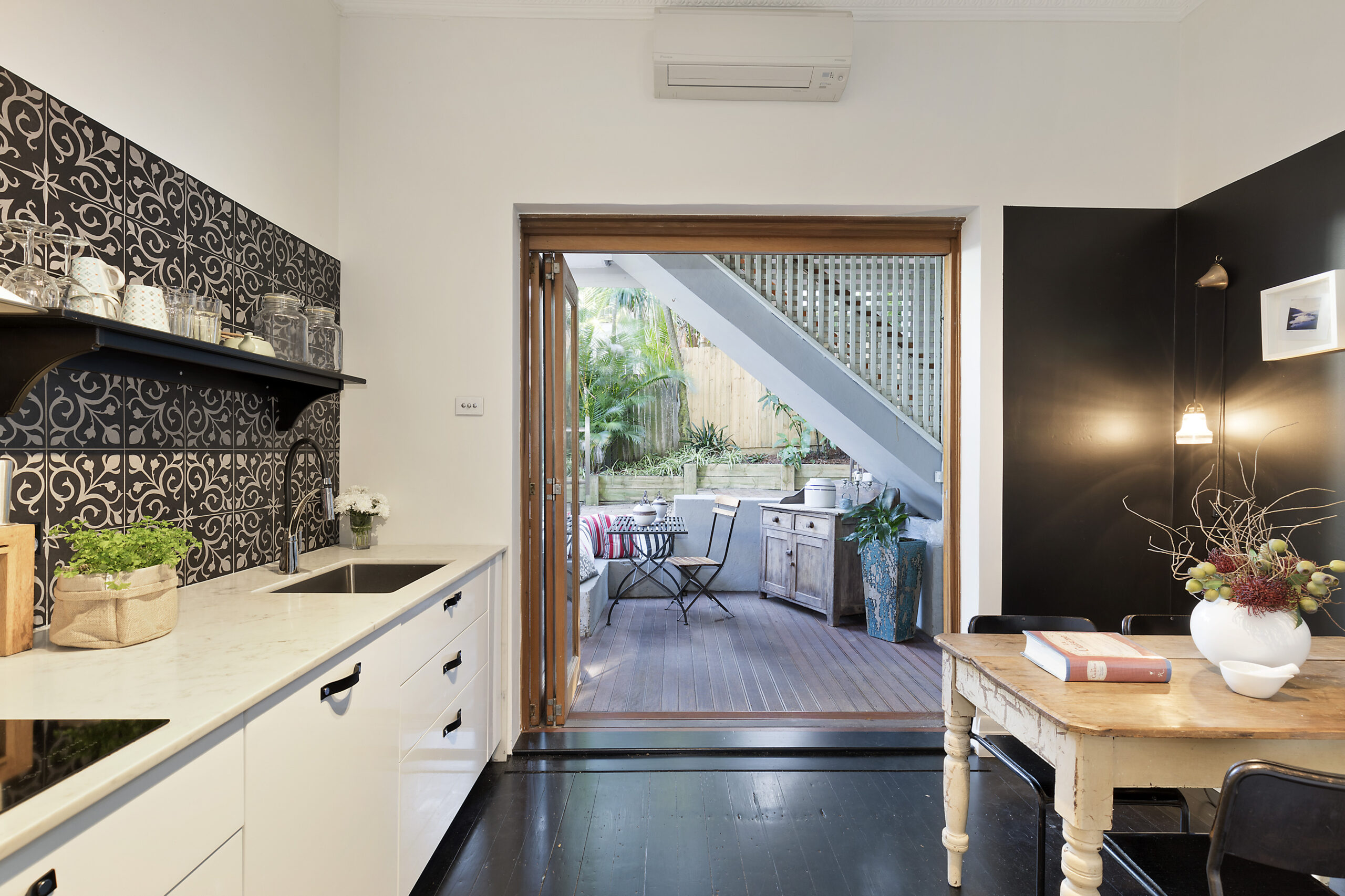In our last property update, the dust was settling on the 2019 Federal Election and although we were feeling positive, there was a lot of uncertainty ahead.
But now, with a full quarter under our belts, it’s safe to say that there has been a very positive shift in the Australian property market.
So what has influenced this positive change? It’s come down to these three things:
- The result of our 2019 Federal Election, and Scott Morrison’s policy changes. For more on this, check out our article Will ScoMo save the Australian Property Market.
- Three Interest Rate decreases (the third being announced today – October 1st 2019) with experts anticipating one more cut in early 2020. This means it is cheaper than ever to borrow from your bank.
- Loosening of APRA’s lending rules, which market experts say could increase peoples borrowing capacity and see more people qualify to take out a mortgage.
September results
The stability of the Federal Government has removed a lot of uncertainty around taxation reform and reinstalled confidence in the market and with that, we are seeing a consistent increase in auction clearance rates with many properties selling well-above reserve.
The housing market has made further progress towards a recovery, with CoreLogic’s national home value index recording the third consecutive month of gains, lifting the national value of housing by a cumulative 1.7% since the market found a floor in May.
The month-on-month lift of 0.9% in national housing values was the largest monthly gain since March 2017.
Australia’s two largest cities have seen a rapid bounce-back in home values over the past two months, with Sydney up a cumulative 3.3% and Melbourne up 3.2% in August and September. Housing values remain 11.9% below their July 2017 peak in Sydney and 7.9% below Melbourne’s November 2017 peak.
Outside of Sydney and Melbourne, some of the smaller cities are moving into recovery, with values rising in Brisbane, Canberra and Hobart. Adelaide is also riding the wave, with values clearly stabilising over the last quarter.
Over in Perth, the rate of decline is finally slowing after the city’s longest property downturn since at least the 1980’s. Home building numbers have been down and values have dropped a little more than 20% since their peak in 2014. Although it’s not all good news just yet, housing affordability is now the healthiest of any state and the Perth market is ripe for when the WA economy turns around.
Even though the number of new property listings has increased (albeit from a very low base) and many factors point to an improvement in market conditions, vendors still lack confidence and there is a major shortage of new stock for sale.
When evaluating the number of properties currently for sale, total inventory levels have decreased nationally, by 15% year-on-year and the number of newly advertised properties being advertised is still 10% lower than a year ago – the lowest it’s been since 2010 (CoreLogic).
Looking ahead
All eyes are on the Spring Selling Season when traditionally the Australian market is at its busiest. Over the next few months we are likely to see the number of advertised properties rise, as well as buyer numbers. If market activity continues to outpace advertised supply levels we will continue to see upwards pressure on prices.
Although the general consensus is that the market is bottoming in both Sydney and Melbourne, David McMillan from Performance Property Advisory strongly disagrees.
“We believe that Sydney and Melbourne are not at the bottom of a cycle rather, these markets are picking up where they left off in the last cycle”
Mr McMillan advised that PPA’s general enquiries have increased from approximately two per month 6 months ago, to around 30 per month. This further proves that, for buyers, there is a definite sense of urgency in returning to the market with only a small pool of available properties and buyer activity intensifying.
PPA’s short term prediction is that as the interest rate futures market is pricing in a further 50 basis point cut, it’s highly likely we will see a median price increase of between 25% – 35% across both Sydney and Melbourne. However, Mr McMillan said from that point these market will be severely restrained due to affordability.
It’s the higher end of the market which seems to be recovering the quickest, with Blue-Chip suburbs and areas which, during the downturn saw a significant decline, are now becoming much more affordable since lending has opened up and borrowing capacity has increased.
As the BrickX portfolio consists of properties in these highly desirable, blue-chip suburbs, this is positive news for our investors. “Back in 2015 ‘FOMO’ [the ‘fear of missing out’] was the main contributor in property prices being driven up, and although I wouldn’t say FOMO is back, we are certainly seeing a rebalance between buyers and sellers,” stated CoreLogic’s Tim Lawless.
Our previous prediction was that the market recovery would be relatively slow, however, with housing credit restrictions easing and mortgage rates likely to reduce further, the rebound could potentially be more rapid than expected.
For more information on understanding buying cycles, check our article Timing the market with the Property Clock.





